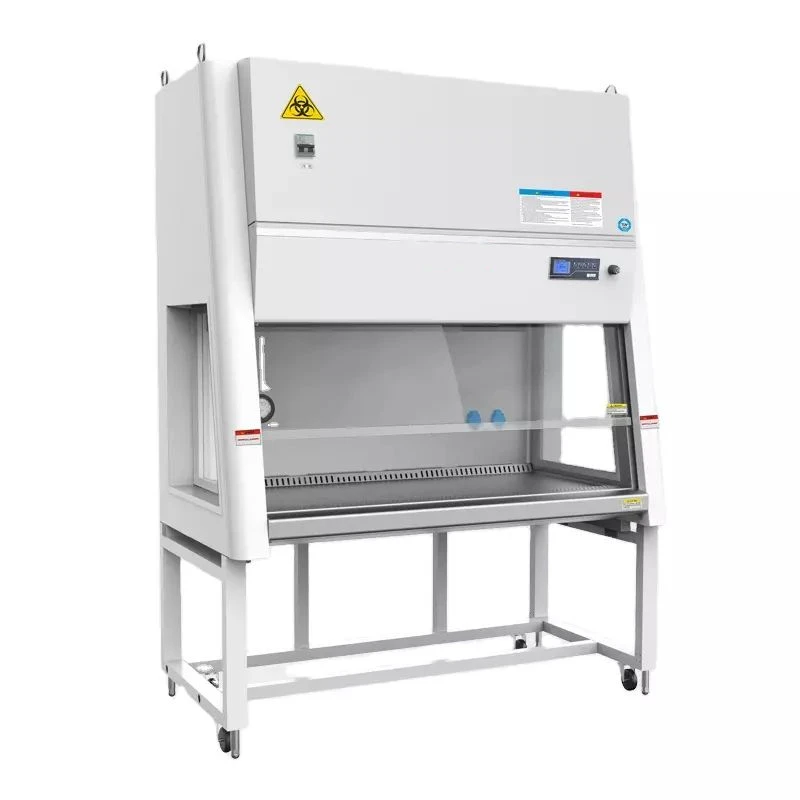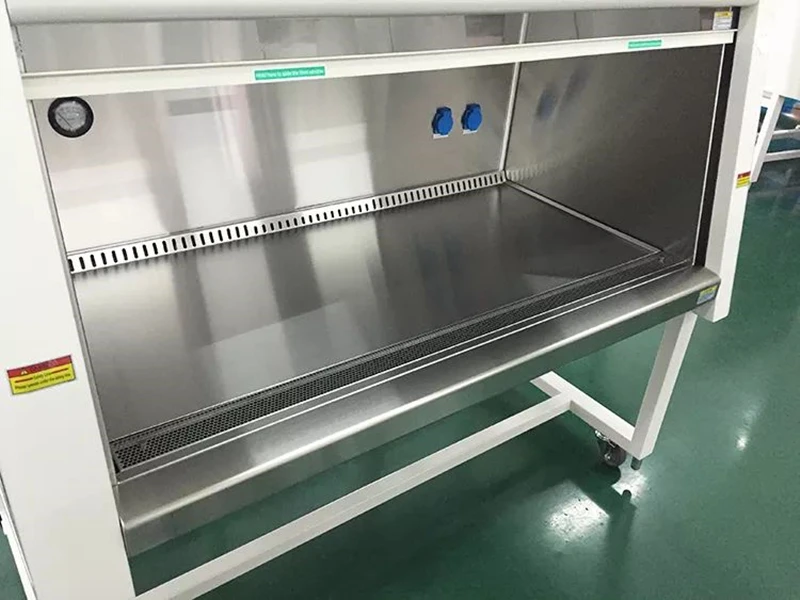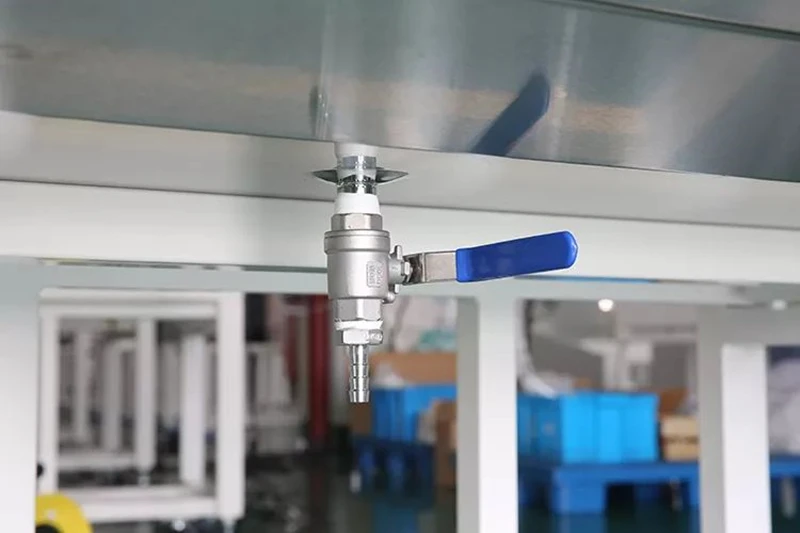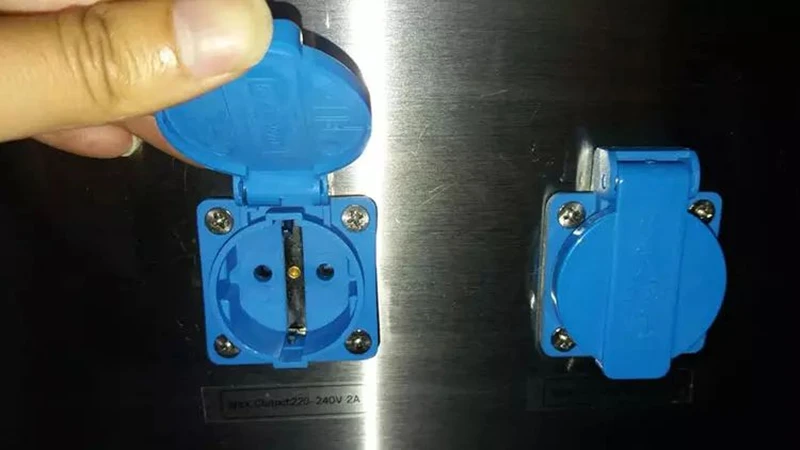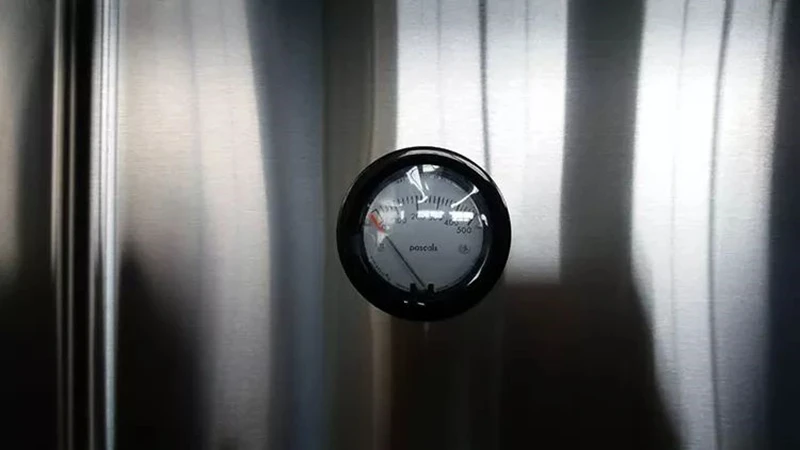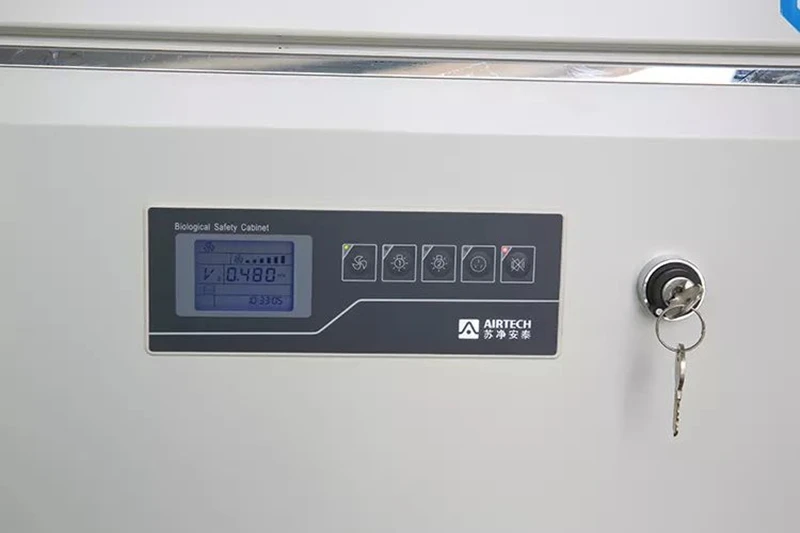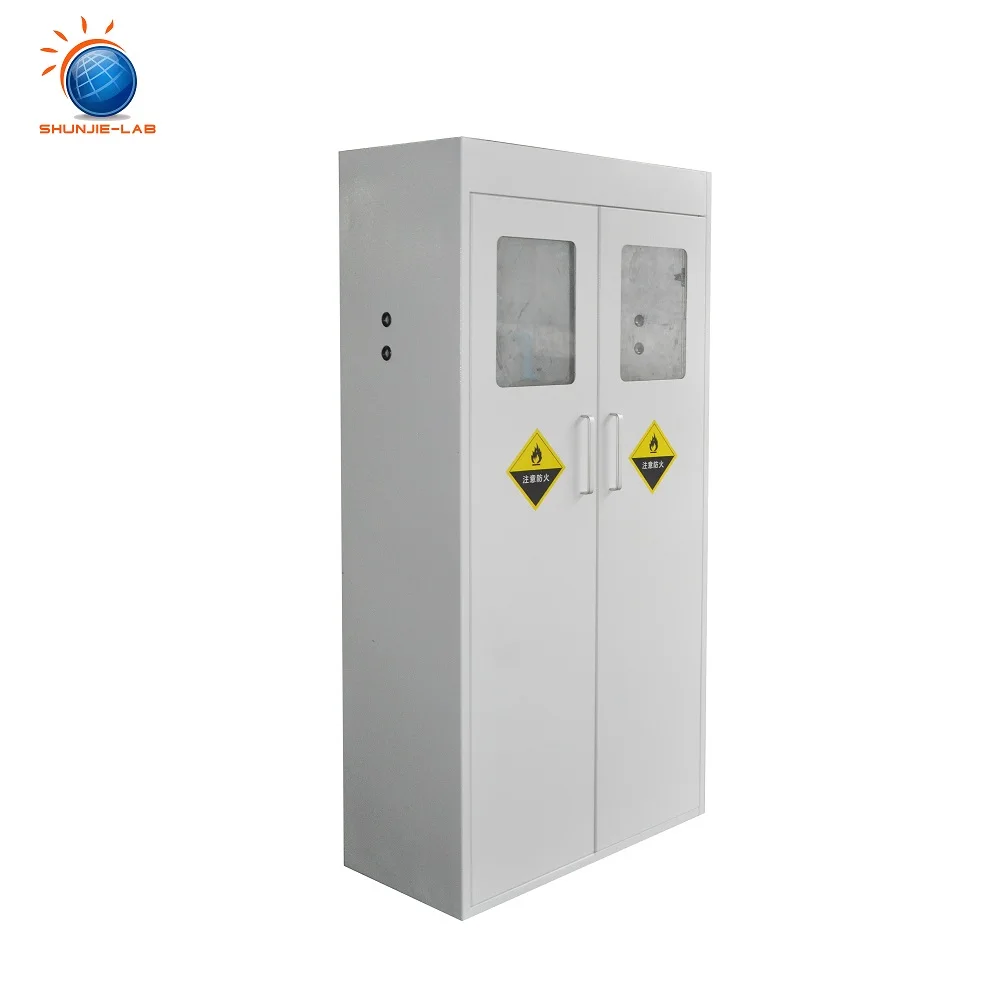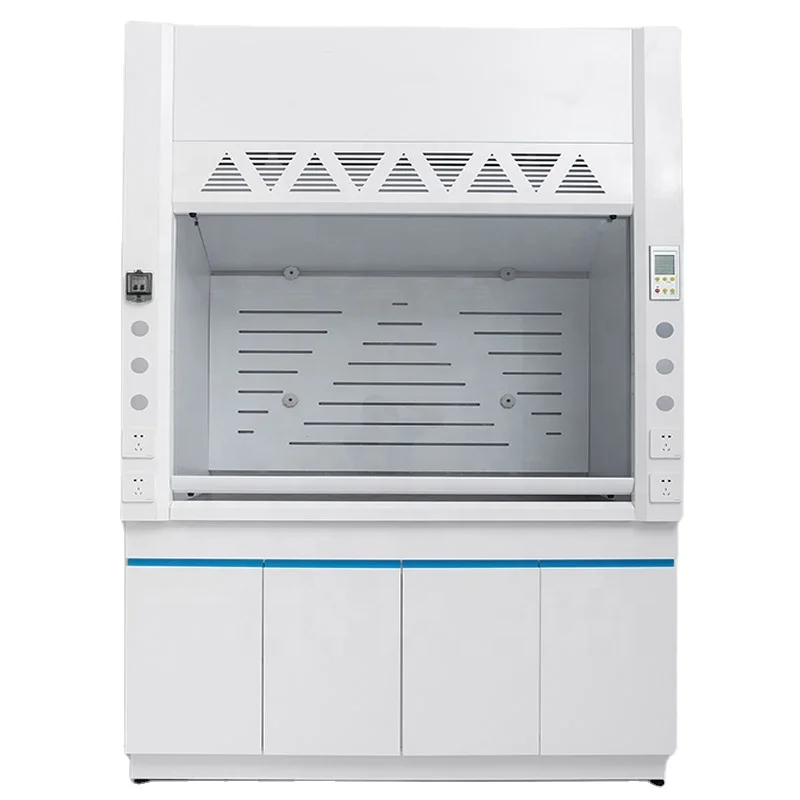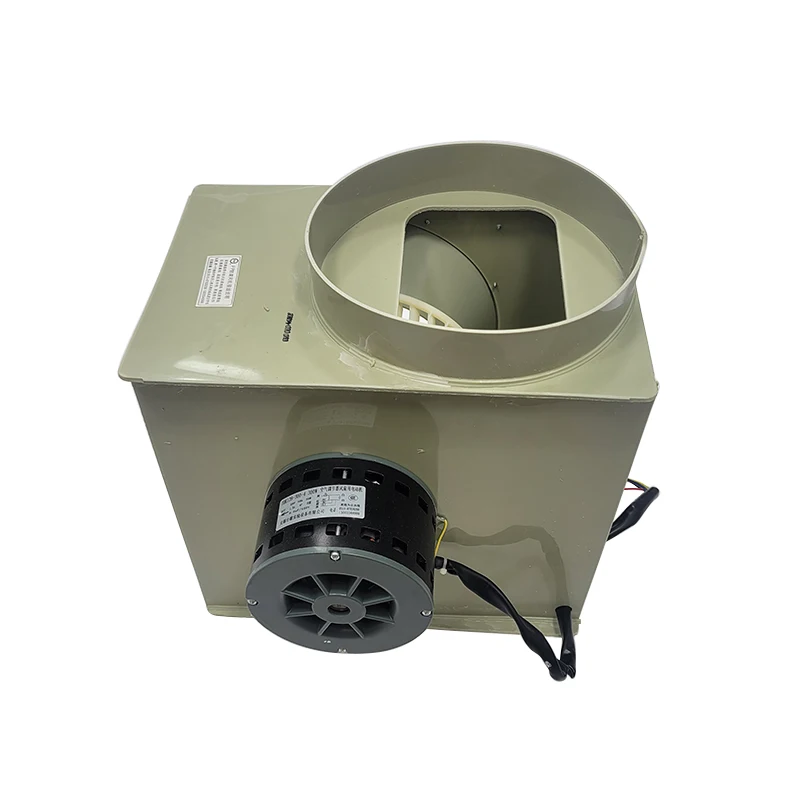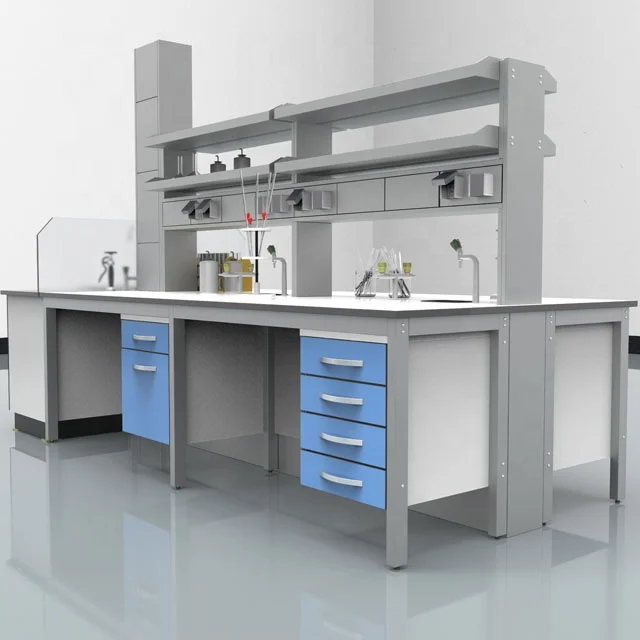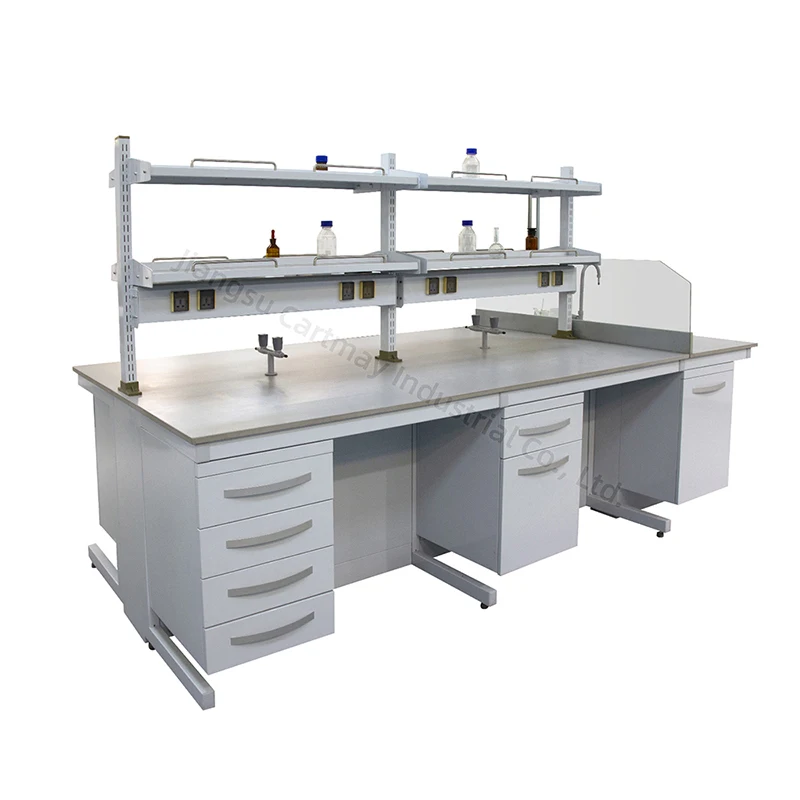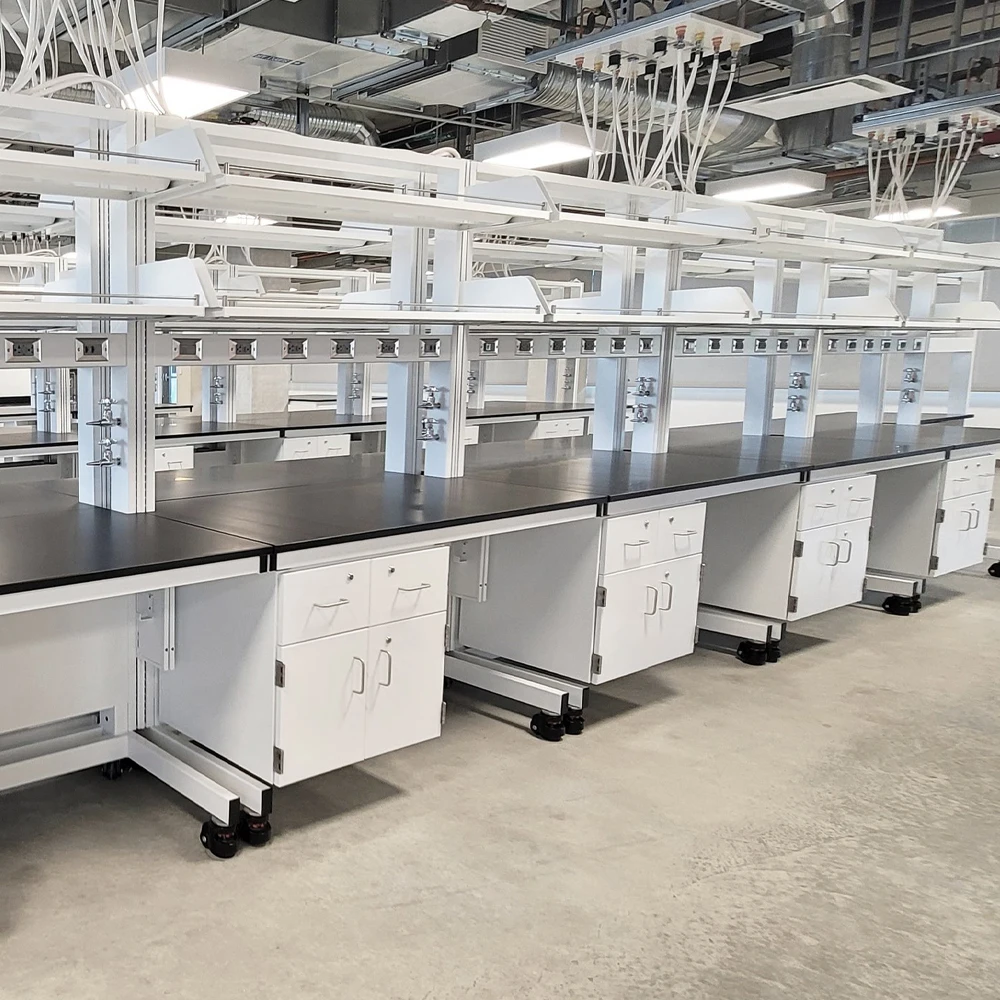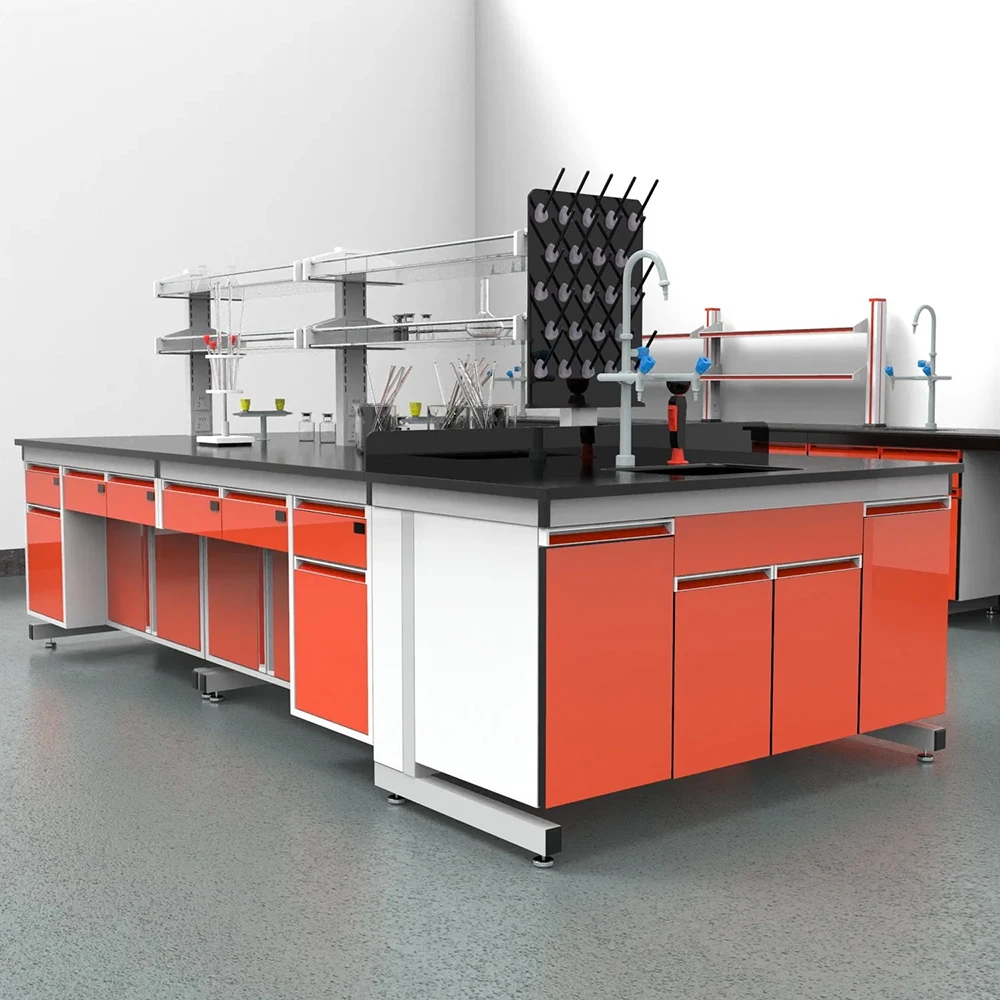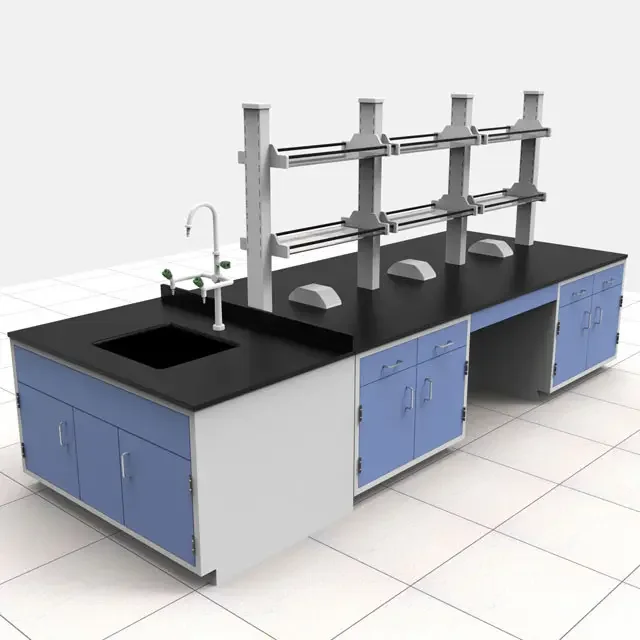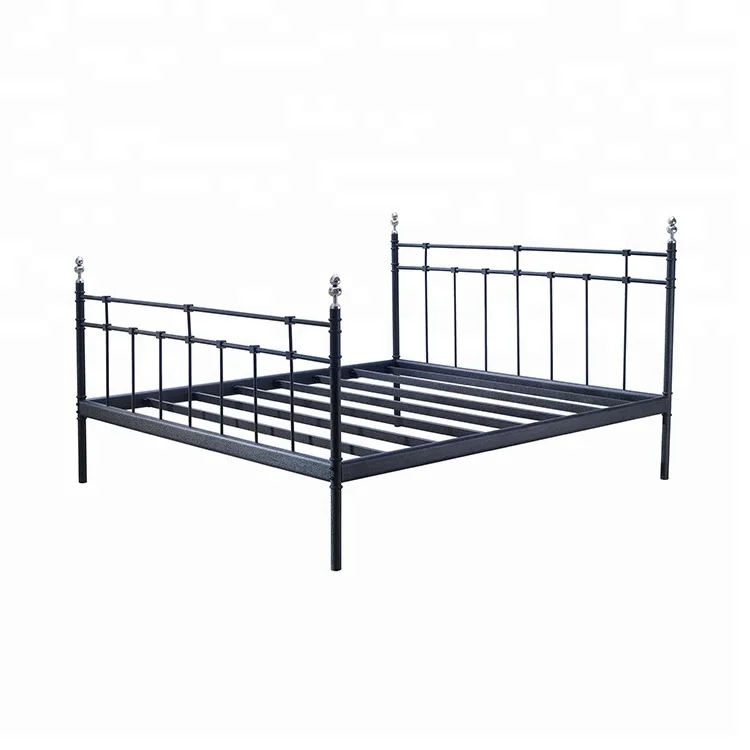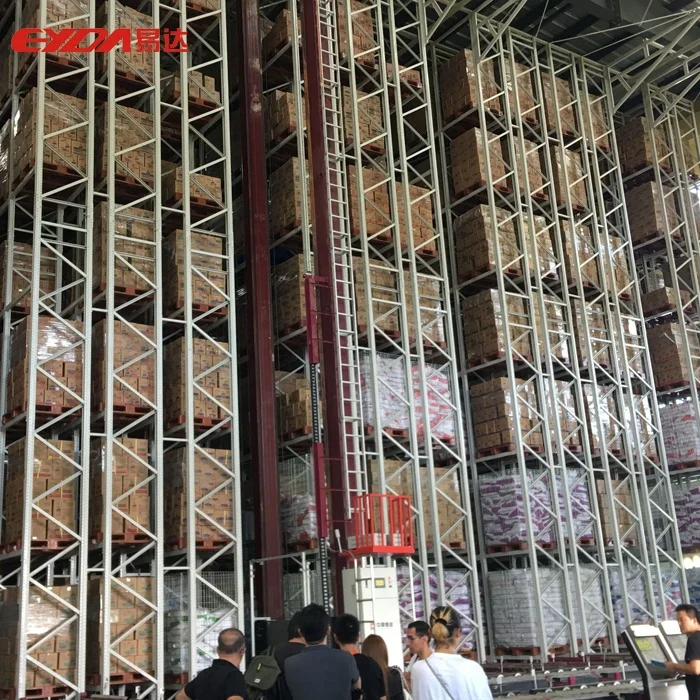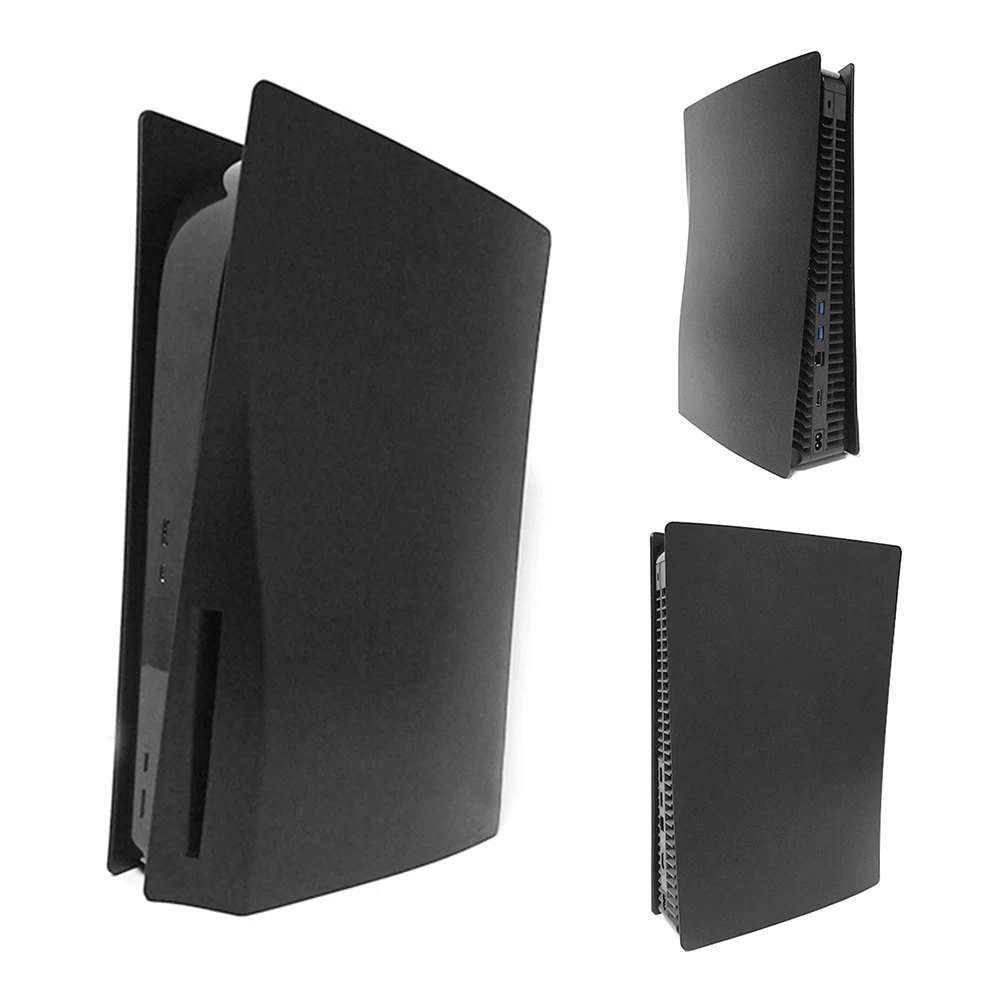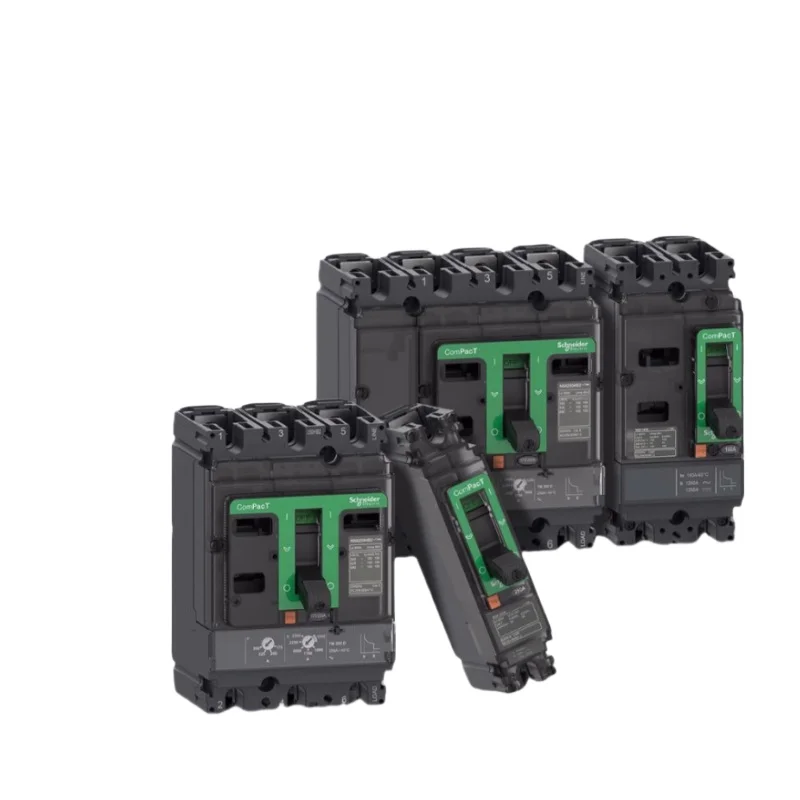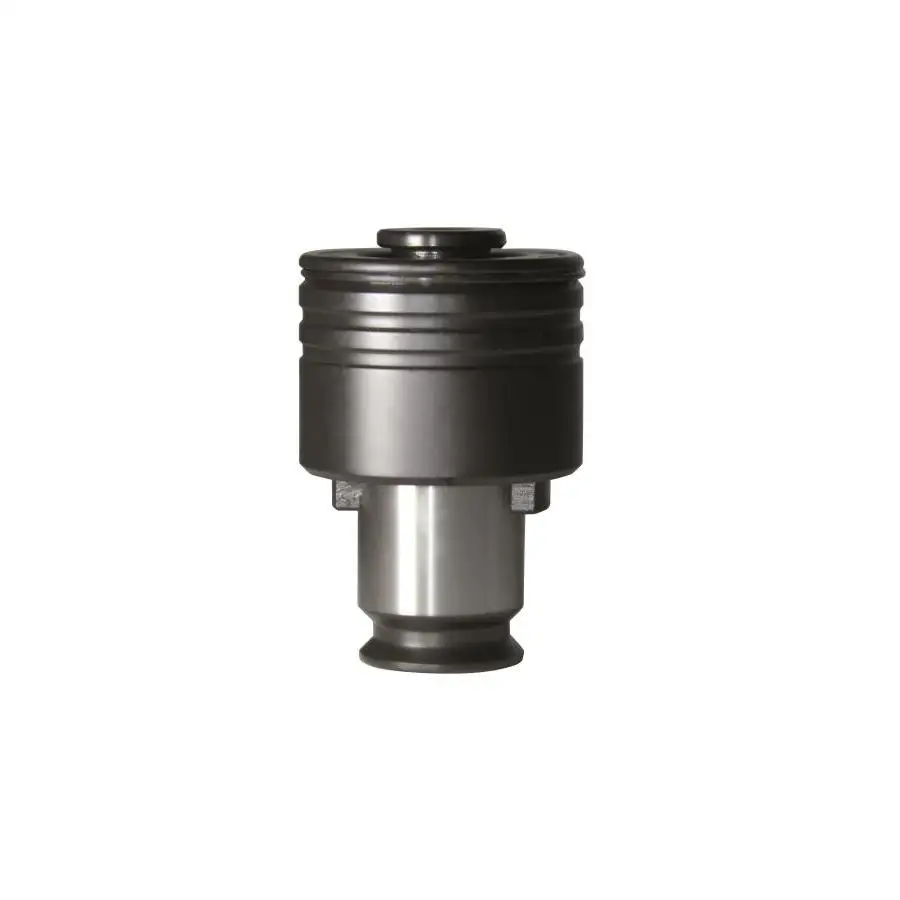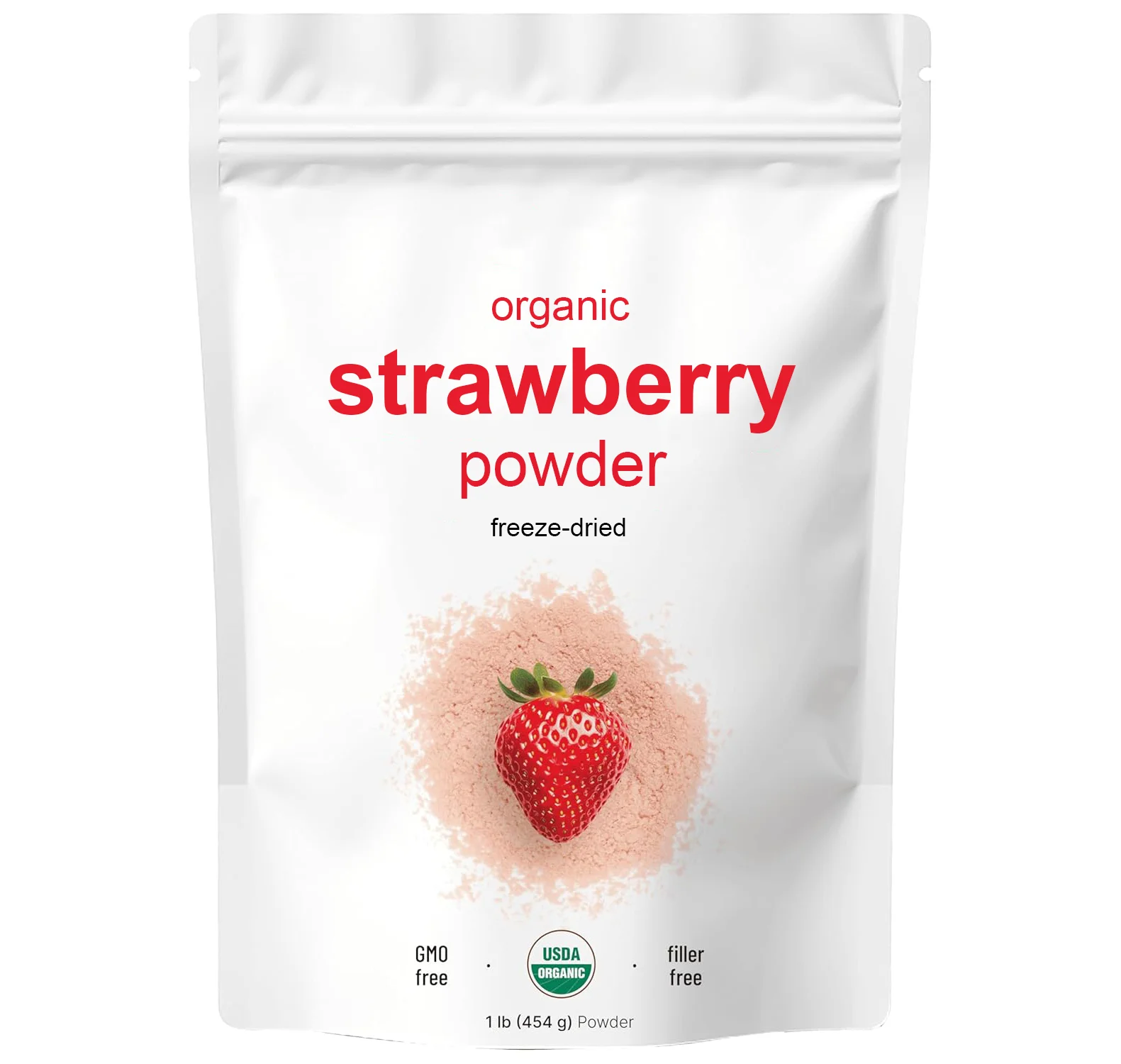Шкаф для биобезопасности
- Категория: >>>
- Поставщик: Chengdu Ample Import And Export Co. Ltd.
Сохранить в закладки 1601162072025:
Описание и отзывы
Характеристики
A Biological Safety Cabinet (BSC), also known as a Biosafety Cabinet is mainly used for handling pathogenic biological samples or for applications that require a sterile work zone. A biological safety cabinet creates inflow and downflow of air that provides operator protection. The downflow air passes through an ULPA/HEPA filter and creates an ISO Class 3 work zone to protect samples from the risk of cross-contamination. The air exhausted also passes through an ULPA/HEPA filter prior to release to protect the environment.
Friendly Control Panel
-Color LED screen, show the air velocity, time, fan station, HEPA filter life and alarm in real time.
Safe and Reliable, Energy-Efficient
-DC fan and LED light make the operation power consumption save 30%.
-Intelligent auto-supply system of imported blower ensures the change of air volume less than 10% when the resistance of filter increases 50% and enhance safety.
-The alarm system for safe operation height is interlocked with light. At the same time light is Interlocked with sterilizing.
-Leak detection in cabinet, no leakage at 500Pa.
-UV light with set timer, safer and high efficiency.
| Model/Item | BSC-1004II A2 | BSC-1304 II A2 | BSC-1604II A2 | BSC-1804II A2 |
| Nominal Size | 1 meter(3') | 1.3meter(4') | 1.6meter(5') | 1.8meter(6') |
| Filtration Efficiency | ULPA: ≥99.9995%, @0.12μm | |||
| Downflow Velocity | 0.35 m/s(68.88fpm) | 0.33 m/s(64.94fpm) | ||
| Inflow Velocity | 0.55m/s(108.24fpm) | 0.53 m/s(104.30fpm) | ||
| Noise | 58~65 dB(A) | |||
| Vibration | ≤5 μm(center of tabletop) | |||
| Power Supply | AC220V,1φ,50Hz | |||
| Opening Height | 200 mm | |||
| Personnel Protection | A. Total colony in impaction sampler ≤10CFU./time B. Total colony in slot sampler ≤5CFU./time | |||
| Product Protection | Total colony in culture dish ≤5CFU./time | |||
| Cross-contamination Protection | Total colony in culture dish ≤2CFU./time | |||
| Max Consumption(with spare socket) | 1.65 kVA | 1.75 kVA | 1.85 kVA | 1.85 kVA |
| Rated Power(without spare socket) | 0.33 kVA | 0.43 kVA | 0.53 kVA | 0.53 kVA |
| Weight | 260 kg | 300 kg | 360 kg | 400 kg |
| Work Dimension (W1XD1XH1) | 1004*630*630 mm (39.5''x24.8''x24.8'') | 1304*630*630 mm (51.3''x24.8''x24.8'') | 1604*630*630 mm (63.1''x24.8''x24.8'') | 1804*630*630 mm (71.0''x24.8''x24.8'') |
| Overall Dimension (WXDXH) | 1200*795*2050 mm (47.2''x31.3''x80.7'') | 1500*795*2050 mm (59.1''x31.3''x80.7'') | 1800*795*2050 mm (70.9''x31.3''x80.7'') | 2000*795*2050 mm (78.7''x31.3''x80.7'') |
| Size and Qty. of Light | LED 24.5 w x 1 | LED 31 w x 1 | LED 36 w x 1 | LED 36 w x 1 |
| Size and Qty. of UV Light | 18 w x 1 | 30 w x 1 | 36 w x 1 | 36 w x 1 |
| Lumin. | ≥900 Lx | |||
| Cabinet Materials | High-grade steel and lacquered in ivory | |||
| Working Area Materials | SS304 fully finished | |||
| Air Direction | Top out | |||
| Plug Style | Chinese Type(AC 250V/10A) | |||
| Qty. of Sapre Socket | Chinese Type(AC 250V/3A) 2 units | |||
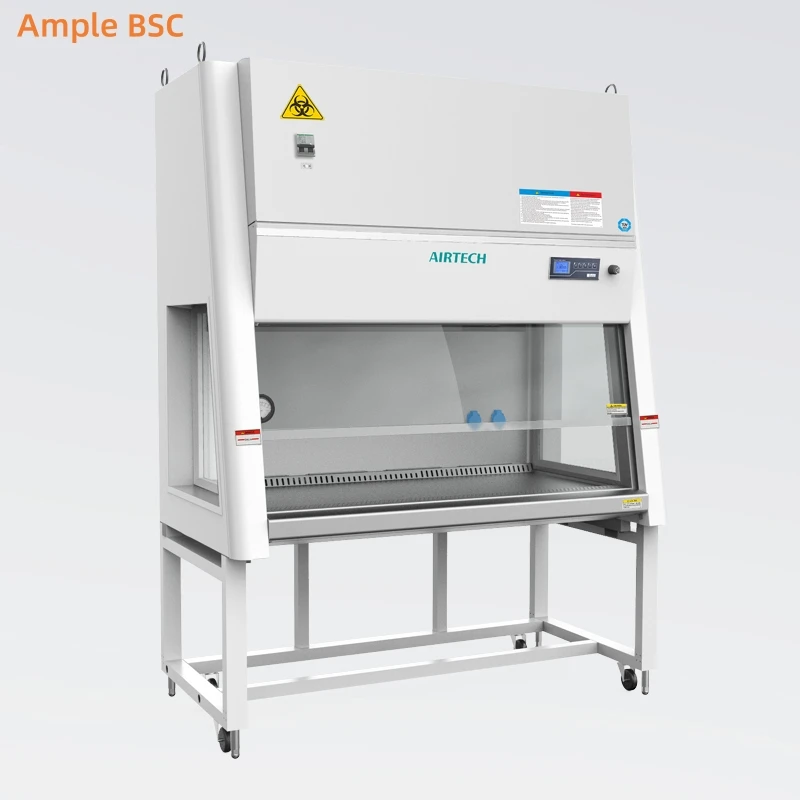
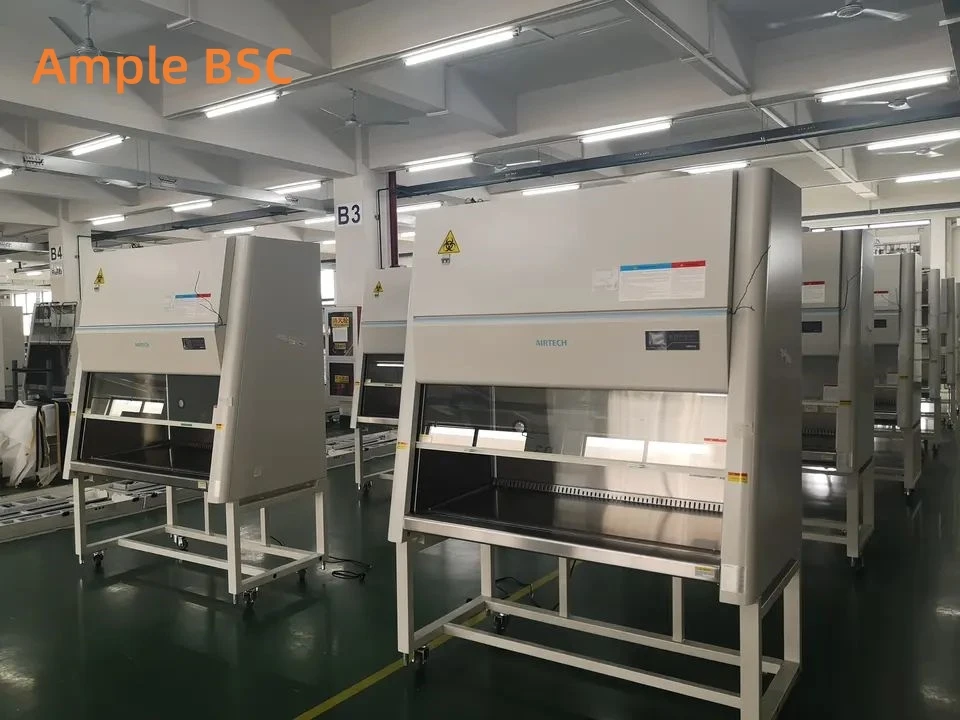
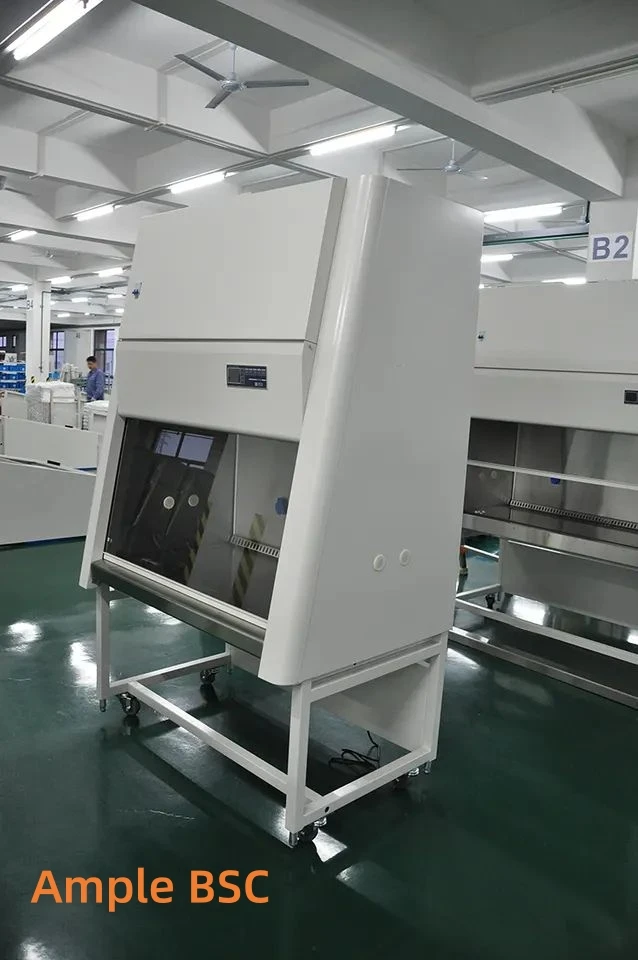
Class I Biological Safety Cabinet
A Class I Biosafety cabinet protects the operator and the environment from exposure to biohazards. It does not prevent samples being handled in the cabinet from being exposed to contaminants that may be present in room air. Naturally, there is a possibility of cross-contamination that may affect experimental consistency. Consequently, the scope and application of Class I cabinets is limited, and it is largely considered obsolete.
Class II Biological Safety Cabinet
Class II Type A2
The Class II Type A2 biological safety cabinet is the most common Class II cabinet. It has a plenum from which 30% of air is exhausted, and 70% re-circulated to the work area as the downflow.
Stated from NSF/ ANSI 49:2010, both the Class II Type A1 and Type A2 must have the positively-pressurized contaminated plenum to be surrounded by negative pressure. In case there is a leakage on the positive plenum, the leaking aerosol will be pulled by the negative pressure back to the positive plenum, and it will not leak out.
In the A2 cabinet, about 70% of air from the positive plenum is recirculated as downflow, and the remaining 30% is discharged to the lab through the exhaust filter.
Class II Type B1
The Class II Type B1 biological safety cabinet has a common plenum from which 70% of air is exhausted, and 30% re-circulated to the work area as the downflow. This cabinet also has a dedicated exhaust feature that eliminates re-circulation when work is performed towards the back within the interior of the cabinet. Toxic chemicals employed as an adjunct to microbiological processes should only be allowed if they do not interfere with work when re-circulated in the downflow.
Class II Type B2
The Class II Type B2 biosafety cabinets are suitable for work with toxic chemicals employed as an adjunct to microbiological processes under all circumstances since no re-circulation occurs. In theory, Type B2 biological safety cabinets may be considered as the safest of all Class II BSCs since the total exhaust feature acts as a fail-safe in the event that the downflow and / or exhaust HEPA filtration systems cease to function normally. However, Class II Type B2 biosafety cabinets require large laboratory spaces due to their installation system and will require elaborate ducting works.
Class III Biological Safety Cabinet
Class III biological safety cabinets are suitable for work with microbiological agents assigned to biosafety levels 1, 2, 3 and 4. They are frequently specified for work involving the most lethal biological hazards.
Work is performed through glove ports in the front of the cabinet. During routine operation, negative pressure relative to the ambient environment is maintained within the biosafety cabinet. This provides an additional fail-safe mechanism in case physical containment is compromised. On all Class III BSCs, a supply of HEPA filtered air provides product protection and prevents cross contamination of samples. Exhaust air is usually HEPA filtered and incinerated. Alternatively, double HEPA filtration with two filters in series may be utilized.
How does a biological safety cabinet work?
A Biological Safety Cabinet is a ventilated enclosure offering protection to the user, the product and the environment from aerosols arising from the handling of potentially hazardous micro-organisms. The continuous airflow is discharged to the atmosphere via a HEPA filter.
The three States of Protection
Personal Protection from harmful agents within the cabinet
Product Protection to avoid contamination of the samples.
Environmental Protection from contaminants contained within the cabinet.
Biological Safety Cabinets are classified into three classes based upon their containment capabilities when working with biological agents.
Class 1 Cabinets
Provides personal and environment protection.
Used when working with low to moderate risk biological agents.
Biosafety levels: 1, 2 and 3
Class 2 Cabinets
Provides personnel, environment and product protection.
Used when working with low to moderate risk biological agents.
Biosafety Levels: 1, 2 and 3
Class 3 Cabinets
A highly specialized laboratory "glovebox". A Class 3 cabinet provides the same protection as a Class 2 but is designed for working with Biosafety Level 4 highly infectious agents and provides the highest level of protection for the environment, product and user.
Used when you are working with very high risk biological agents.
Biosafety Level: 4
Biosafety Level 1 applies when working with biological agents, which pose a minimal risk/ threat to laboratory personnel and the environment. Work with these types of agents are generally performed in open laboratory cabinets without the use of special containment equipment.
Biosafety Level 2 covers working with pathogenic or infectious organisms posing a moderate hazard.
Examples include Salmonellae, Hepatitis B virus and Measles virus.
Biosafety Level 3 applies when working with indigenous or exotic agents, which may cause serious or lethal disease via aerosol transmission. Examples include Yellow Fever and Encephalitis.
In Biosafety Level 4, applies when working with extremely dangerous, contagious and life-threatening agents. Maximum containment and protection is required at all times. Examples include Ebola, the Lassa virus and any sample with unknown risks of pathogenicity and transmission.
Похожие товары
Лабораторный вытяжной шкаф для воздуховодов с вытяжным вентилятором, лабораторная мебель, лабораторные вытяжные шкафы
Заводская цена высокий воздушный поток промышленный мини Pp центробежный вытяжной вентилятор/воздуходувка
Поставщики лабораторной мебели, низкие цены, прочные модульные подготовительные скамейки для школьников, столы для лаборатории химии
Коммерческая лабораторная мебель деревянная с каркасом, химические лабораторные Верстаки, передвижные модульные стальные, китайское лабораторное оборудование, поставка школы
Заводская поставка, модульные стойки для химической лаборатории
Модульная химически стойкая лабораторная мебель островная Рабочая Скамья из эпоксидной смолы лабораторные скамейки для научно-химической лаборатории рабочие станции с раковиной
Лабораторная мебель модульная полностью стальная химическая физическая биотехнология островные рабочие скамейки лабораторные настенные столы с реагентной стойкой
Новые поступления
Новинки товаров от производителей по оптовым ценам
